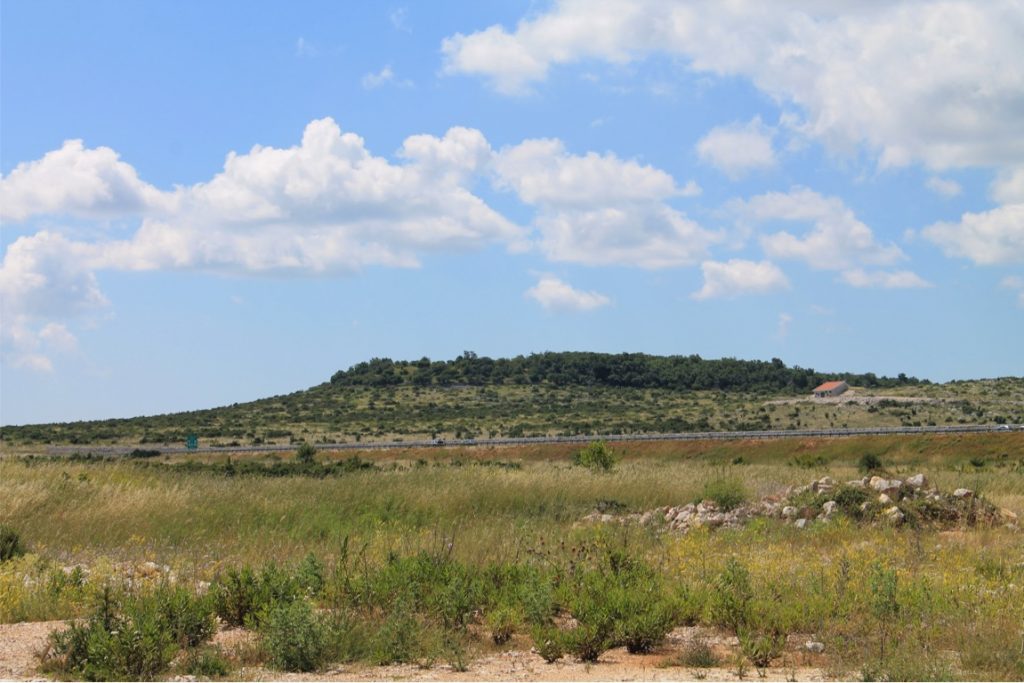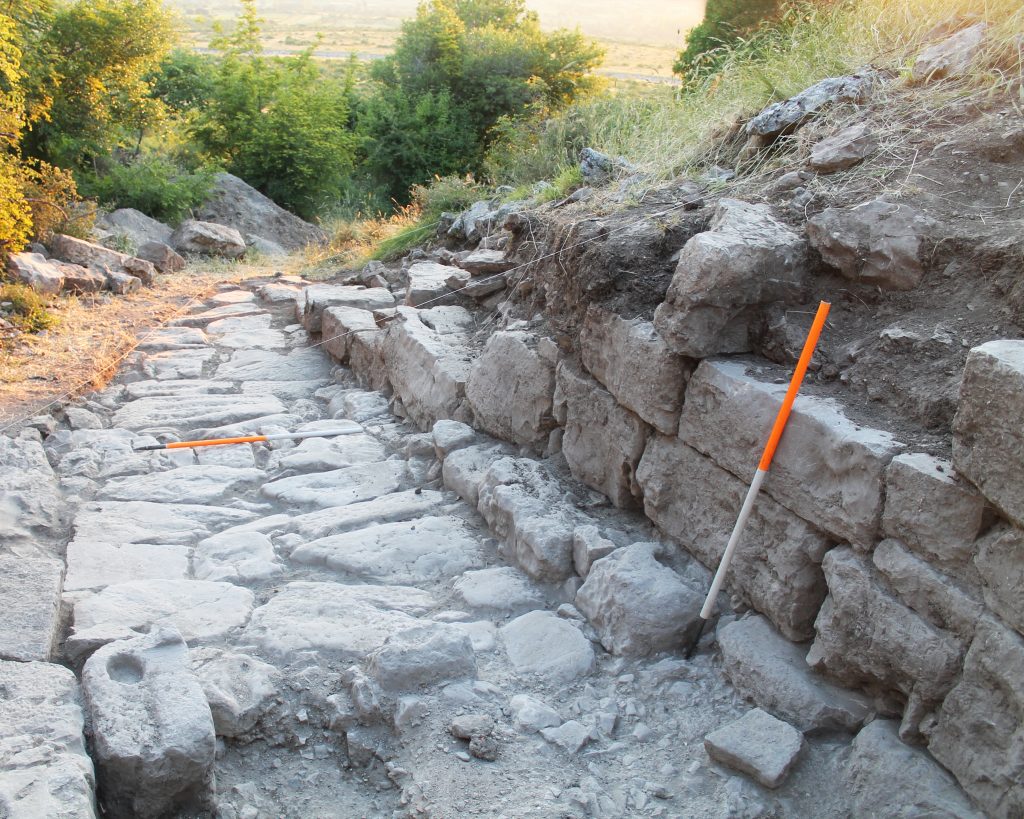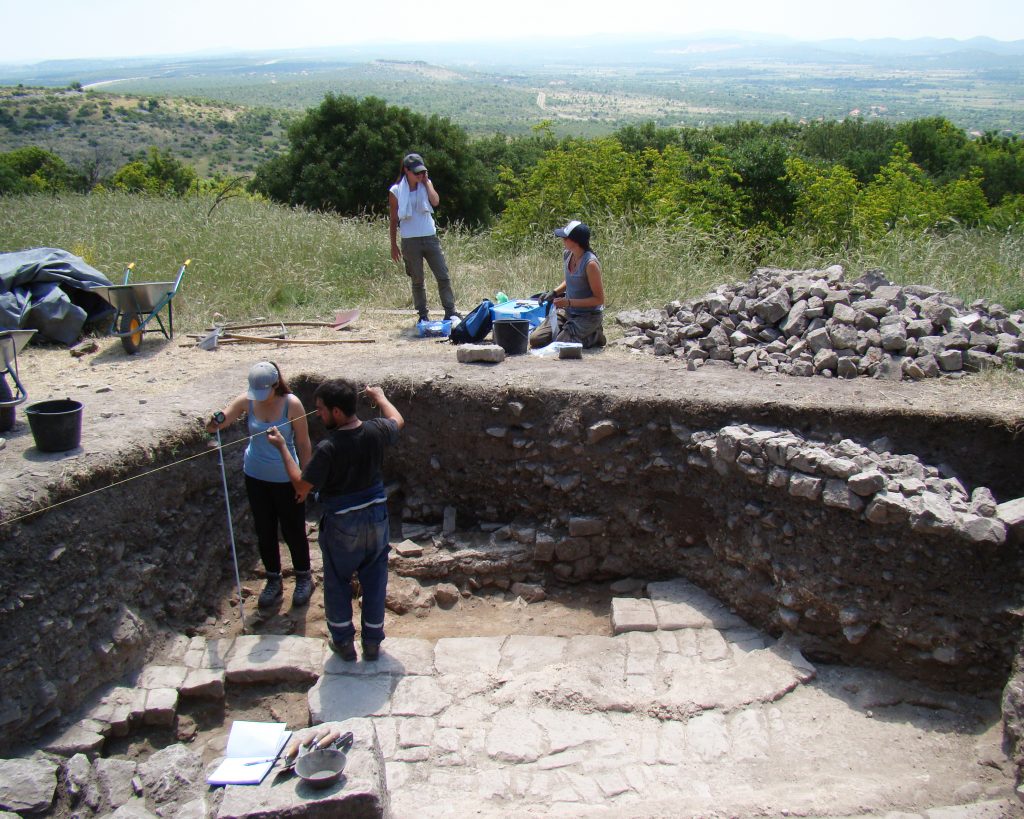Summer Archaeological Field School in Croatia – The Nadin-Gradina Archaeological Site
Nadin-Gradina lies in the Ravni Kotari region of Croatia, a Mediterranean environment along the Adriatic Sea. It sits perched on a limestone ridge just 13 km from the coast and only 23 km to the southeast of the coastal city of Zadar. It measures 32 ha in area, about a quarter of which is enclosed by a megalithic fortification wall. Based on early writings and inscriptions, Nadin appears to have already been a sizeable center in the Late Iron Age, and that it was transformed into a Roman municipium (Nedinum) in the first century CE. Nadin’s occupational history was likely very dynamic, with probable phases of growth and decline: (1) a fortified Late Iron Age settlement (~400-150 BCE); (2) Roman colonization (~150 BCE-500 CE) followed by Late Antiquity abandonment; (3) reoccupation during the Late Medieval period (~1000-1400 CE); and (4) a 16th century Venetian/Ottoman outpost. Wall segments from the Ottoman fort remain standing today, but a print discovered in modern Nadin also depicts a small village, including what appears to be a mosque or minaret, suggesting the Ottoman component may have been more substantial. The small contemporary village of Nadin lies near the southwestern limits of the known archaeological site.



